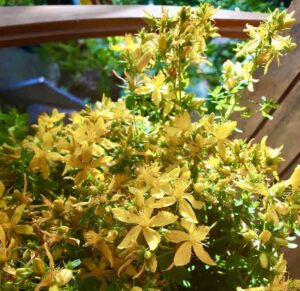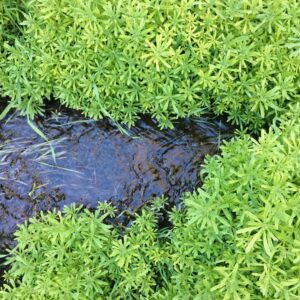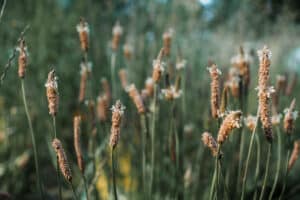This week I’ve been writing about what I refer to as the Energetic Architecture of nature, which are the fundamental underlying patterns of life expressed throughout a broad spectrum of medical and spiritual traditions from across the world.
One of the primary patterns of Energetic Architecture is the 5 Elements of nature: Earth, Water, Air, Fire and Ether. In section II of my upcoming book, Evolutionary Herbalism, I’ve been exploring these principles and their vast spectrum of correspondences and relationships to the botanical kingdom, from their morphology and habitat, to their medicinal actions, chemistry, tastes, and energetics.
While writing on the Fifth Element, the Quintessence, AKA the Ether, I noted an interesting relationship between this transcendent spiritual Element and entheogenic, or visionary plants. In the way that the Quintessence relates to our own consciousness, and how this unique category of plants directly alters our perception, opens up our sensory gating channels, and enables us access into the spiritual reality here on Earth, they bear some interesting relationships with the Ether Element.







